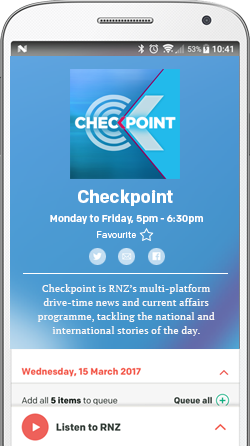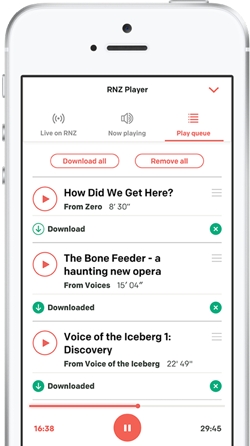A regional fisheries expert says Pacific leaders aspirations for a quota based tuna management system are far fetched and raise more questions than answers.
Transcript
A regional fisheries expert says Pacific leaders aspirations for a quota based tuna management system are far fetched and raise more questions than answers.
Pacific Islands Forum leaders have called for a review of tuna fisheries management in the region with suggestions of a move away from the Vessel Day Scheme to a New Zealand-led quota system.
But FFA fisheries advisor Francisco Blaha who was one of hundreds of industry delegates gathered ealrier this month in Fiji for the 5th Pacific Tuna Forum says the Pacific tuna fishery may be too complex for it to work.
FRANCISCO BLAHA: Look the technology is there, look everything can be done if there is a cost effective case to be put forward. That is pretty simple the technology we need is mostly here, so how cost effective is it to use that technology in function of what result. The Vessel Day Scheme is not a bad way to go because it is adapted to the system however from a conceptual point of view, quota management sort of an equivalent to the quota management system you have in New Zealand you know has a role to play. However because of the dynamics and the logistics of Tuna in the Pacific, the implementation of it leaves a lot of questions that still need to be answered. A very important component of the quota management system is to have what we call in New Zealand licensed fish receivers. Now these licensed fish receivers work as a door by which the fish comes out of the boat and enters the system. Now in New Zealand we can do that because we have licensed fish receivers and they have a system that communicates straight to fish cert and in the Ministry of Fisheries. However in the Pacific where we have so many different countries plus only a very small amount of fish is unloaded and processed a lot of it doesn't even touch shore it is actually trans-shipped from vessel to vessel under the control of a competent authority. So we have a basic scenario very close estimates of the volumes but not the real volumes. And if you are the owner of a quota a one tonne mistake is still a lot of money for you. So some of these issues are very important. Secondly issues around for example, aggregation how much quota can anyone know at any one time. I think the discussion while interesting is still very theoretical because there are a lot of practicalities that need to be solved first. I think that in the meantime a better adjustment of the VDS (Vessel Day Scheme) can still be a very good tool that we can use to limit effort. And I think PNA is very aware of that and they are working off that. I don't think anyone is completely close to the idea of a quota but if you are going to go that way it needs to be very, very well thought and not just put and then find a solution. Solutions have to be found before the system is sold.
KOROI HAWKINS: Yes and is it true that this has not been used anywhere else in the world and if the Pacific were to implement it, it would be the first to use a quota system in a tuna fishery?
FB: From my experience it has not been used anywhere else but I think we dont have to hide the idea because as I said you know the implementation realities are very very difficult at the moment. So I think just the VDS is already a unique management measure. It has not been used anywhere else in the world and it is one hundred percent Pacific development. It is a very, very it is a good, no system is perfect not even the quota management even in New Zealand is not perfect. The systems are perfectible but to be perfectible you need to have data you need to have forward thinking and you need to be able to preview all the potential scenarios that could happen. The issue for example with tuna is that it is the most traded commodity that you can even think. I work on issue around catch certification that is my specialty. And I have counted eight movements through different jurisdictions for one consignment of fish. From the vessel to the EU it went through eight different flags. How do you incorporate something like that into a quota management system?
To embed this content on your own webpage, cut and paste the following:
See terms of use.

